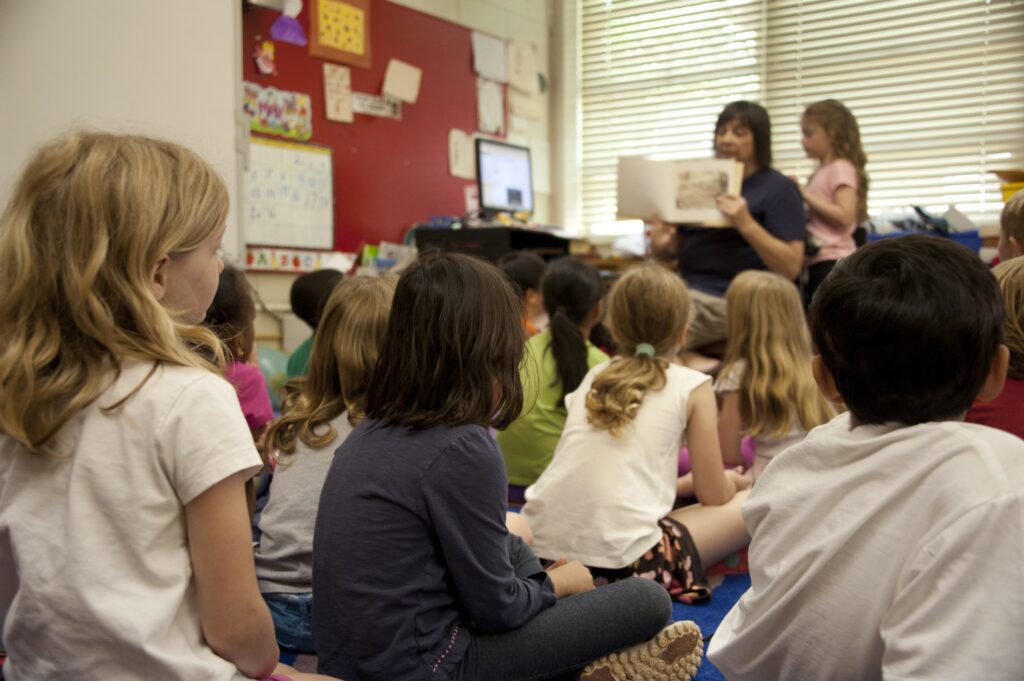If you’re a teacher or school administrator, you're probably familiar with the feeling of fighting an uphill battle in classroom management. Maybe you're going through a tough week, or perhaps it's turning out to be a challenging year with your students. Whatever the case, you're likely tired of putting out fires and feeling like there's little time left for meaningful instruction. You may even find yourself wondering where the idealistic classroom of your dreams has gone.
If any of this sounds familiar — you're not alone (not by a long shot). The truth is, classroom behavior, whether exemplary or disruptive, results from various influences — many of which are outside your control.
I know how disheartening it can be to end another day feeling drained and frustrated by ongoing behavioral challenges. So, in this blog, we will discuss a universal tool that transcends socioeconomic backgrounds, learning styles, and grade levels—a tool that not only improves students' emotional well-being but also transforms the atmosphere of your classroom.
That tool is meditation.
In the coming sections, we’ll explore the science and real-world evidence that supports meditation as a powerful tool for emotional regulation among students. This is important because when emotions are regulated, a magical thing happens: classrooms become sanctuaries of learning, not arenas of behavioral issues.
Stay with me as we delve into how this simple yet powerful practice can revolutionize your classroom, improve student outcomes, and reduce your stress as an educator.
The Emotional Benefits of Meditation for Students
Meditation isn't just a fad or a relaxing pastime; it's a scientifically proven tool for emotional regulation that's incredibly relevant for educators and administrators like you. Let's look at the transformative impact of meditation on student emotions and, consequently, behavior.
Emotional Regulation and the Brain
Impact on the Amygdala: A study in the journal Social Cognitive and Affective Neuroscience found that mindfulness meditation can diminish activity in the amygdala, the area of the brain responsible for emotional responses like fear and stress. This regulation is particularly valuable during adolescence, a period of heightened emotional sensitivity.
Improved Focus and Attention
Reduced ADHD Symptoms: Meditation has been shown to enhance attention and significantly alleviate symptoms commonly associated with ADHD significantly. In doing so, the practice bolsters the development of executive functions, which are pivotal for effective learning.
Stress Reduction
Lowered Cortisol Levels: The body’s main stress hormone, cortisol, sees a significant decrease through the practice of meditation. Lower stress levels lead to more positive classroom behavior and create an environment more conducive to learning.
Enhanced Emotional Intelligence
Better Emotional Recognition: Students who engage in meditation demonstrate a better ability to recognize and manage their emotions as well as to understand and interpret the emotions of others. This is a key skill in social interactions and collaborative learning.
When Your School Might Need Expert Guidance
While meditation may seem straightforward, implementing it effectively within an educational setting can be nuanced. This is where expert guidance comes in handy. Teachers should receive some form of training to integrate mindfulness and meditation techniques in a pedagogically sound manner. This training doesn't have to be extensive, but it's essential to ensure that the practice is safe and effective for students.
Why Training is Crucial:
Alignment with Curriculum: Meditation should align with broader educational goals, not serve as an isolated activity. This requires understanding the technique's potential impact on areas like cognitive development, emotional intelligence, and social skills.
Cultural Sensitivity: The practice should be introduced in a way that respects diverse student backgrounds and belief systems.
Addressing Skepticism: Teachers equipped with a foundation in the practice of mindfulness are better prepared to answer questions and address skepticism from students, parents, or colleagues.

How Monica Can Help
If you’re unsure where to start, know that you don’t have to figure it out alone! I have experience guiding schools through the practicalities and intricacies of integrating mindfulness and meditation into their educational environment. I offer:
- Teacher Training Workshops: These can be tailored to your school community's unique needs and challenges.
- Student-led Meditation Sessions: I can lead initial sessions to introduce students to the practice, easing the transition.
Meditation and mindfulness are more than just buzzwords; they are transformative practices that can profoundly impact emotional well-being and academic performance. With the right guidance, you can unlock this potential in your school.
So, if you're interested in making a meaningful change in your educational environment, I'm here to help guide the way. To start the conversation for me to conduct a Live Meditation event at your school or educational institution, email me at info@totalhealingwellness.com!


